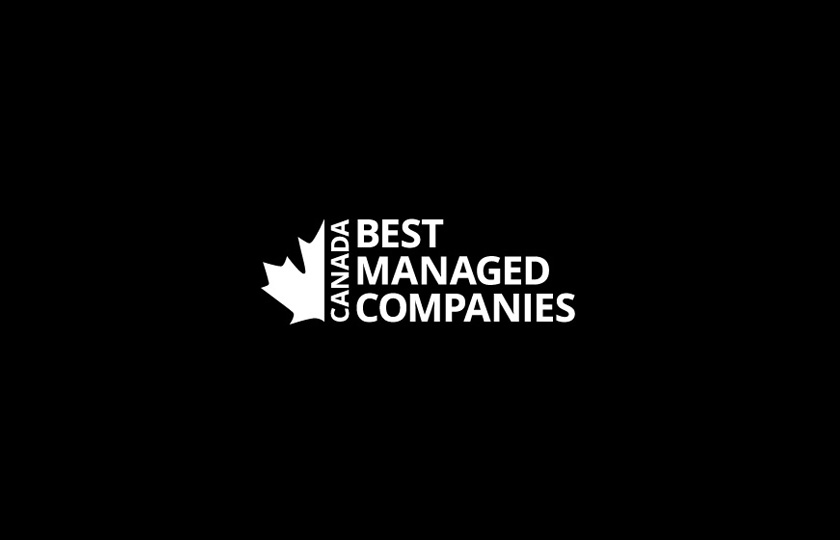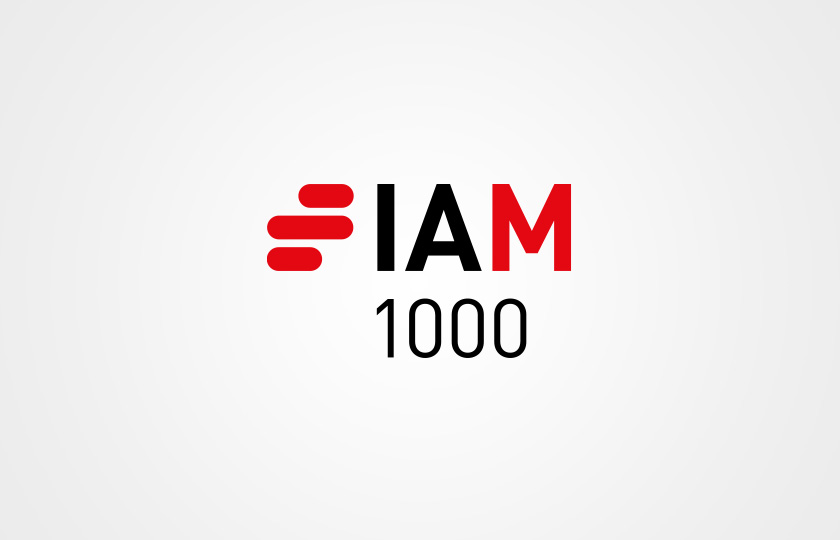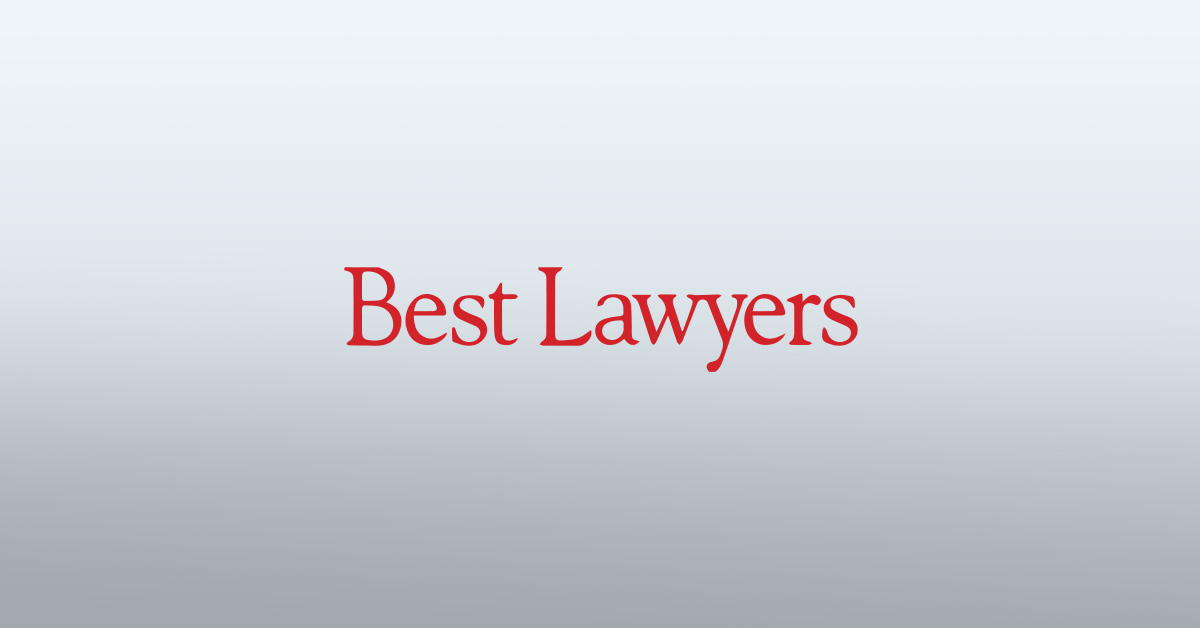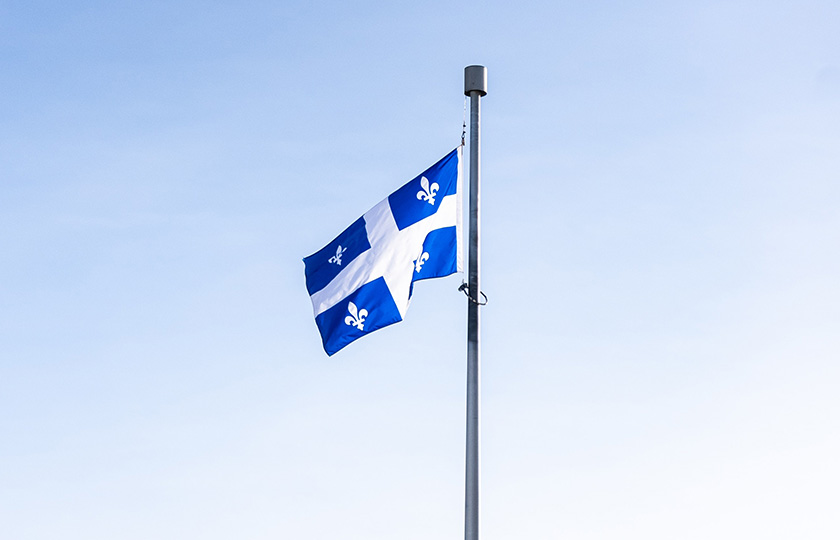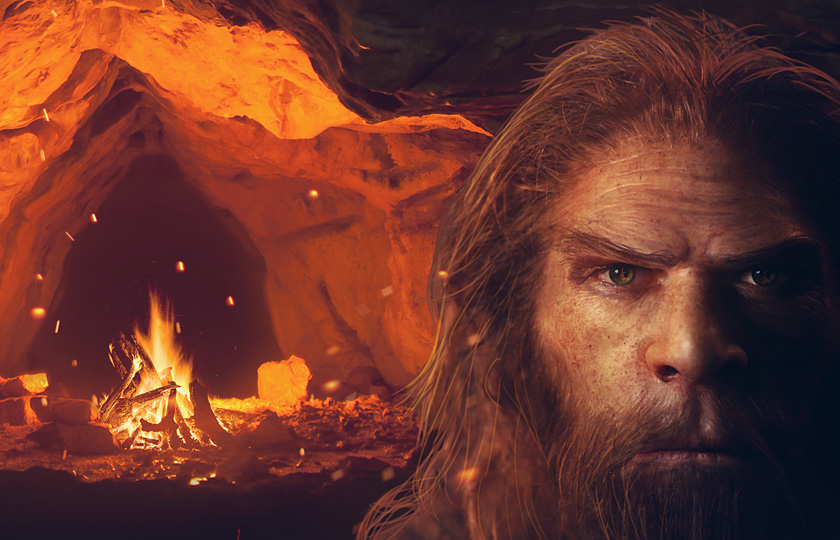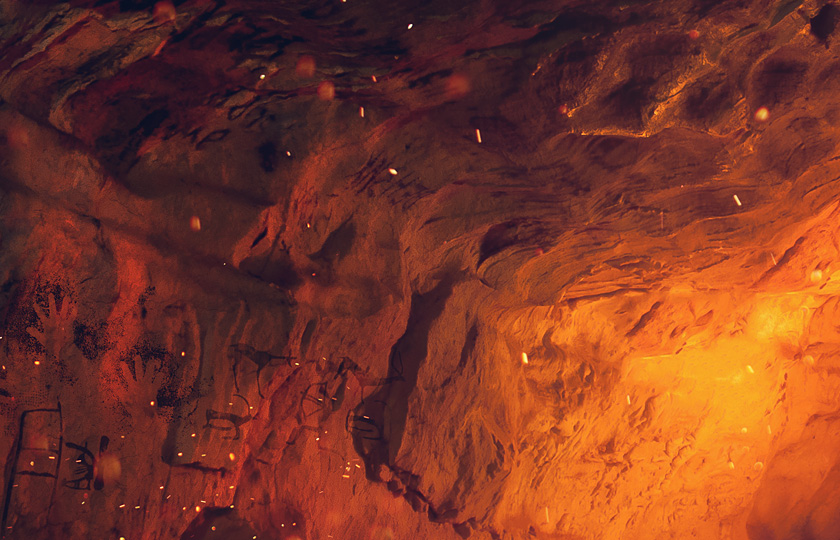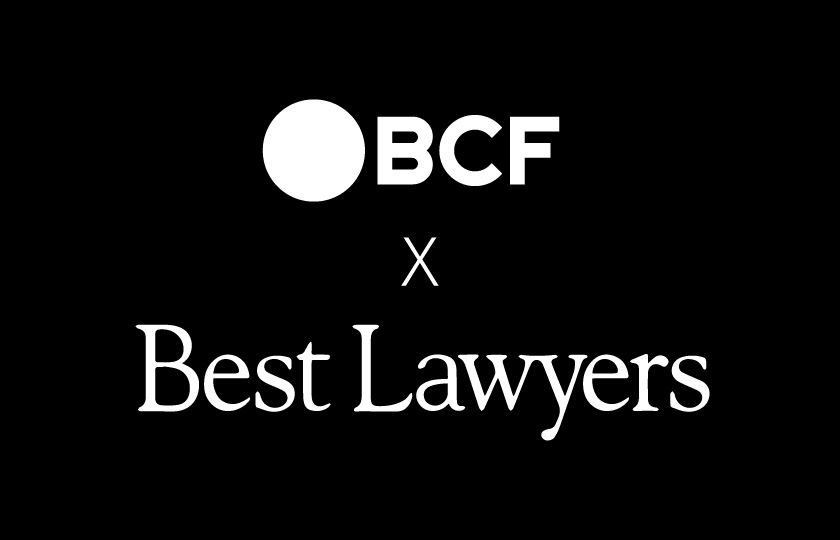
Executive Summaries Jul 4, 2019
Beware of "Copy and Paste": It May have Dire Consequences
The Internet is probably the most comprehensive man-made database. However, unlike the mythical Library of Alexandria, everyone has easy access to it.
Therefore, it is very easy to gather information from different websites to create a new website where this information can be found. If the information is well compiled, the site attracts traffic, generates advertising revenue and may even offer the sale of goods or services.
But can we simply obtain information and use it to create a new website for our own benefit? In theory, the information itself is not protected by the Copyright Act (the "Act"). Information generally includes historical or current events. However, the Act protects the way information is structured or conveyed. For example, we are all free to write about the life and death of Napoleon, but we must not use another person's account thereof.
Does Collecting Information Infringe Copyright?
In a recent decision rendered in a class action1, the Federal Court had to decide whether the reproduction of obituaries (and often the accompanying photo) without the authorisation of their authors constituted copyright infringement. These obituaries and photos were compiled on a website taken from various websites, including those of various funeral homes. The website then attracted visitors (for example, those seeking information about a deceased friend) and sold virtual flowers and candles to generate more income. The website claimed that it had posted more than 1,000,000 obituaries.
Although an obituary is generally short and descriptive (it summarises a fact), the Court concluded that they were literary works protected by the Act. Indeed, the relatives who write obituaries choose their own words to reflect their feelings in the circumstances. Clearly, the photos are protected by copyright. The Court found clear copyright infringement in over 2,000,000 works (more than 1,000,000 obituaries and 1,000,000 photographs).
How to Quantify the Damages Suffered?
The next issue was the amount of damages to be awarded. Since the pecuniary damages actually suffered by the injured parties were difficult to determine, the plaintiff chose to claim statutory damages fixed by law. The Act provides for damages ranging from a minimum of $500 to a maximum of $20,000 for each work infringed. By applying the minimum range, the damages, in this instance, amounted to $1 billion, an award grossly out of proportion to the infringement by the plaintiff's own admission. Therefore, instead, they claimed $20,000,000 in statutory and aggravated damages, which was awarded, and is likely the highest amount ever awarded in Canada in the context of a copyright infringement suit.
This case is therefore a good example of the dangers of drawing too freely from the Internet. Indeed, the same principles apply to a wide range of other information compiled on the Internet. It is important to remember that although the Internet is free to access, it is not free to copy.
It is also easy, even tempting, for a company to copy and paste photos of a competitor's products or parts of the descriptive text of its activities. A warning is therefore in order and if you feel that a competitor's website is too similar to yours, there may be grounds to intervene.
[1] Thomson v. Afterlife Network Inc. 2019 FC 545
BCF's Web team
BCF's Web team offers our clients relevant legal services and advice about their presence on the Internet. This constantly evolving environment requires the expertise of a multidisciplinary team like BCF.
Subscribe to our communications and benefit from our market knowledge to identify new business opportunities, learn about innovative best practices and receive the latest developments. Discover our exclusive thought leadership and events.
You would also like

BCF is recognized in the 2025 edition of the Chambers Global directory
